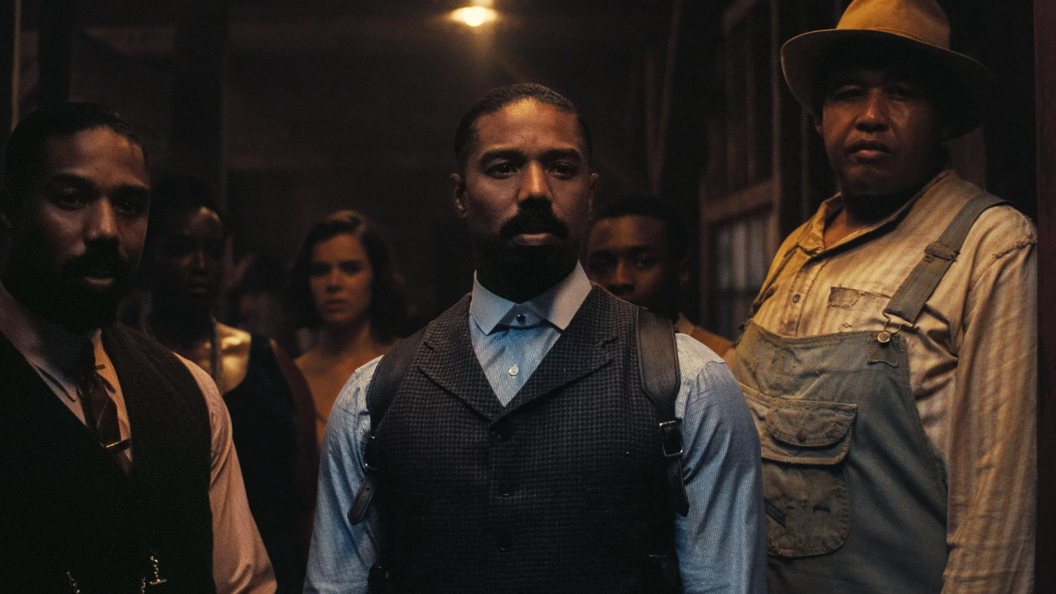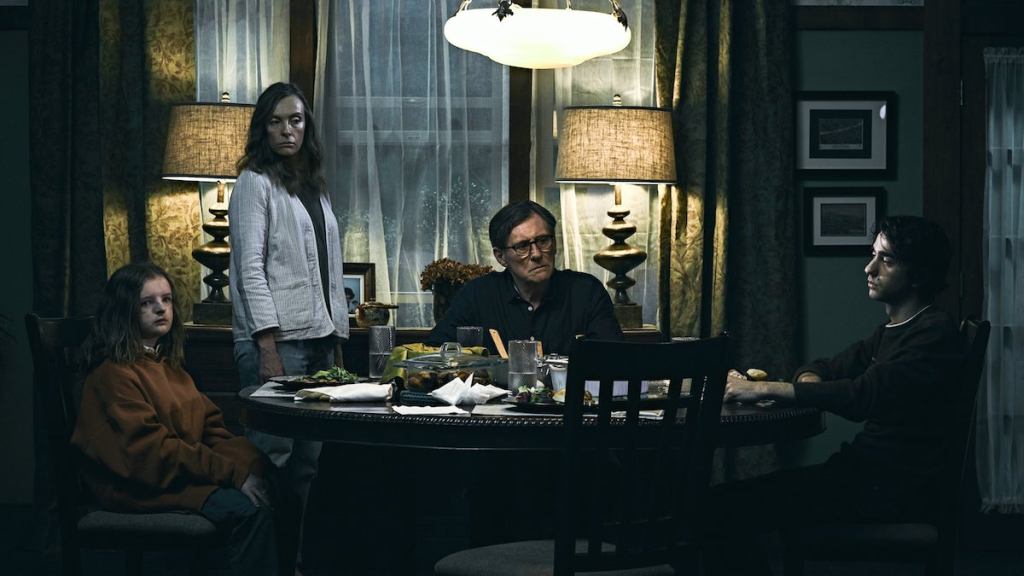
As if Sinners scoring universal critical praise and an amazing $48+ million domestic debut wasn’t enough good news for Ryan Coogler’s latest directorial effort, the hit new horror movie also resonating like gangbusters with moviegoers. On its opening night, audiences polled by the service CinemaScore bestowed Sinners with an “A” grade. That would be an incredible feat for any major genre film; however, this accomplishment meant Sinners was the first horror film in decades to get an “A” grade from CinemaScore. The last time this happened was all the way back in 1986 with James Cameon’s Aliens.
This phenomenon crystallizes why Sinners is breaking out as audiences simply love what they see. However, this “A” CinemaScore grade also reflects how Coogler’s latest masterwork is upending expectations for how audiences respond to horror movies. After all this genre typically gets much weaker CinemaScore grades and audience scores than any other genres.
What Kind of Audience Responses Do Horror Movies Usually Get?

If a superhero movie or animated family movie gets any grade below A- on CinemaScore, that’s considered a major problem. These are the ultimate crowd-pleaser titles meant to instill happy triumphant emotions in audiences. If they’re leaving the theater feeling more mixed, something’s gone awry. In contrast, horror films, though traditionally very mainstream and palatable to the public, can contain material that just innately rankles moviegoers the wrong way. It’s doubtful Hulk cartoonishly smashing Loki makes anyone squirm in discomfort in The Avengers, but graphic body horror in a Hellraiser or Saw movie, though, might leave some folks reaching for a barf bag.
Thus, horror films have typically garnered opening night CinemaScore audience grades well below the A range. 2013’s The Conjuring (and its sequel, for that matter) got an “A-” CinemaScore grade back in July 2013, but subsequent entries like The Nun (“C”) and Annabelle Comes Home (“B-“) got more typical CinemaScore grades for horror fare. Only one Saw title (Saw II with a “B+”) has received a CinemaScore grade above a “B.” Meanwhile, Jason X in 2002 received a “C” CinemaScore, a typical grade for a horror title that would send producers of any other kind of genre cinema heading for the hills.
Horror’s traditionally lower grades can be seen in how often horror films get that rare “F” CinemaScore. Darkness, Fear Dot Com, Wolf Creek, Alone in the Dark, Silent House, The Devil Inside, 2020’s The Grudge, and The Turning are just a few of the horror movie to get that dread “F” moniker from moviegoers. These titles reflect another quality that often gets horror into trouble with CinemaScore-polled moviegoers: endings. A typical musical may send audiences home buzzing with a showstopper finale tune. Traditional rom-coms can similarly get audiences in a good mood as they exit with a happy, cathartic ending.
[RELATED: Sinners Just Changed the Way We Think of Movie Post-Credit Scenes]
Horror, meanwhile, typically has grislier endings that can make people uncomfortable. As moviegoers reach the lobby and get asked about their thoughts on what they watched, that darker ending can linger in their brains and affect their grade. This especially seems to have impacted 2000s and early 2010s horror fare that ended on nasty notes or even abrupt cliffhangers. No wonder The Last Exorcism (which just suddenly ends with no real resolution to its plot) got a dismal “D” CinemaScore grade while Get Out, with its more conclusive and crowd-pleaser ending, received an “A-” when it premiered.
Bad CinemaScore Grades Don’t Doom Horror Movies

Despite this trend of bleak CinemaScore grades for horror fare, a low mark from polled opening night audiences doesn’t doom a scary film to bad box office legs. On the contrary, horror is the one genre where a movie can have strong box office retention even if audience reception is toxic. Famously, Hereditary earned a “D+” CinemaScore from audiences yet still opened to $13.6 million and managed to more than triple that take. Six years later, Longlegs got a “C+” CinemaScore, yet also managed to do three times its opening weekend when all was said and done.
If a comedy gets bad word-of-mouth or audience responses, it’s typically because it didn’t deliver the laughs. Naturally, audiences will stay away. Superhero movies like Ant-Man and the Wasp: Quantumania that get poor moviegoer marks similarly develop that reputation because they didn’t deliver the spectacle or fun audiences are after. In contrast, horror films like Longlegs and Hereditary can alienate some people with their disturbing material while still holding lots of appeal to others. The concept of a horror film being “freaky” or “repulsive” could be just what gets certain horror fans into a movie theater.
In fact, for certain arthouse horror films, these low CinemaScore grades become a badge of honor. They’re a sign that mainstream audiences just didn’t understand something transgressive or subversive like Wolf Creek or Hereditary in their initial theatrical runs. It’s a fascinating phenomenon reflecting the unique place horror storytelling occupies in American cinema. Of course, horror films with outstanding CinemaScore grades like Get Out also tend to benefit from more positive word-of-mouth by sticking around for months at the box office. Sinners, with its historic “A” CinemaScore grade, looks poised to also reap the benefits of its incredible audience reception, a rarity in the world of horror cinema.
Sinners is now playing in theaters.
The post Sinners Just Broke a 39 Year Old Horror Movie Trend With Audiences appeared first on ComicBook.com.

